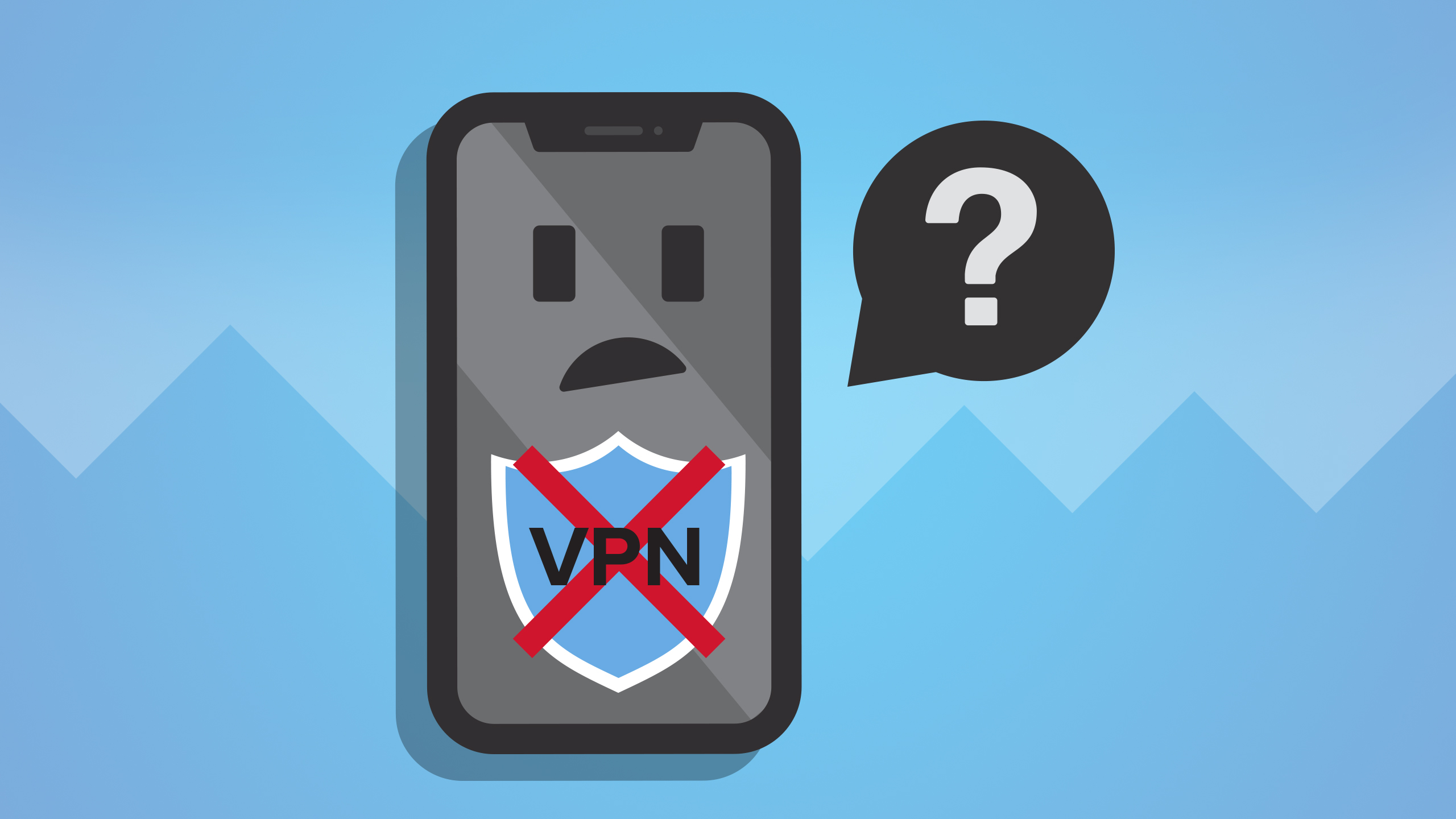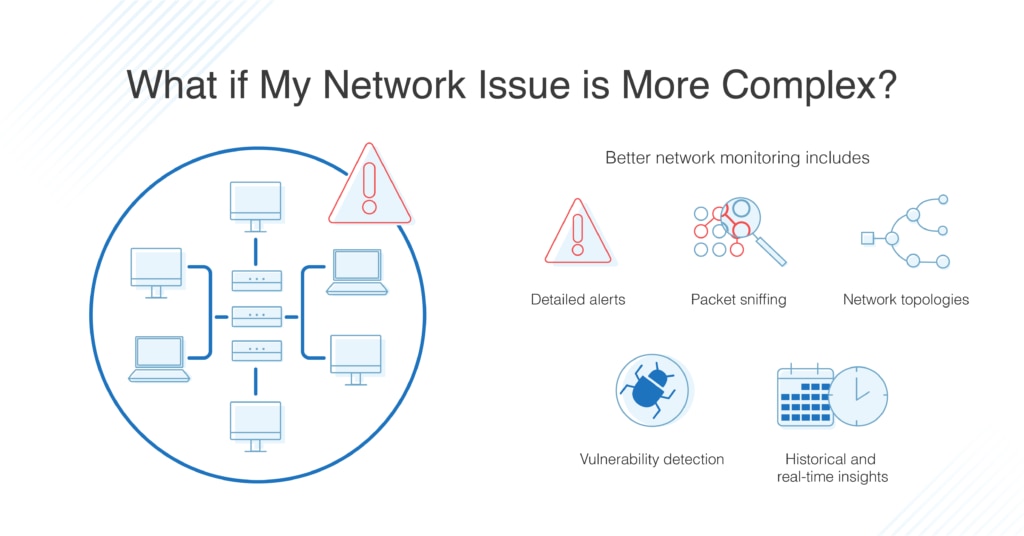Featured
Table of Contents
Troubleshooting - Ipvanish

The Routing and Remote Access snap-in lives within the Microsoft Management Console, called the MMC. There are multiple methods to access the MMC. You can pick the console from the Start menu's Programs choices, within the Administrative Tools folder within Windows server's Control Panel or by typing mmc at a command prompt.
As Tech, Republic's Brandon Vigliarolo shows within his video at the start of this short article, the Providers console displays the status of the Routing and Remote Access entry. From within the Solutions console and with the Routing and Remote Gain access to entry highlighted, you can click Start the Service or right-click the entry and select Restart.
Often the VPN client and VPN server are set to utilizing different authentication techniques. Confirm whether an authentication error is the problem by opening the server console. Yet another technique of accessing the MMC is to type Control+R to open a command prompt in which you can type mmc and struck Enter or click OK.
If the entry isn't present, click File, select Add/Remove Snap-in, pick the Routing and Remote Access alternative from the options and click Add, then OK. With the Routing and Remote Access snap-in added, right-click on the VPN server and click Characteristics. Examine the Security tab to verify the authentication technique.
Help With Twitter.com
Make sure the VPN client is set to the authentication method defined within the Security tab. Typically the items just examined are accountable for the majority of VPN connection rejection errors.
IP addresses are another essential component for which administration must be appropriately set. Each Web-based VPN connection generally utilizes two various IP addresses for the VPN customer computer. The first IP address is the one that was assigned by the client's ISP. This is the IP address that's utilized to develop the initial TCP/IP connection to the VPN server online.

This IP address typically possesses the very same subnet as the local network and hence allows the customer to communicate with the regional network. When you set up the VPN server, you need to configure a DHCP server to designate addresses to customers, or you can develop a bank of IP addresses to designate to clients straight from the VPN server.


If this option is chosen and the effective remote gain access to policy is set to enable remote access, the user will have the ability to connect to the VPN. Although I have actually been unable to re-create the situation personally, I have heard reports that a bug exists in older Windows servers that can cause the connection to be accepted even if the efficient remote access policy is set to deny a user's connection.
Why Am I Unable To Access Some Websites While Connected ...

Another typical VPN issue is that a connection is effectively developed however the remote user is not able to access the network beyond the VPN server. By far, the most typical cause of this issue is that consent hasn't been approved for the user to access the entire network. To allow a user to access the entire network, go to the Routing and Remote Access console and right-click on the VPN server that's having the issue.
At the top of the IP tab is an Enable IP Routing check box. If this check box is allowed, VPN users will have the ability to access the remainder of the network, presuming network firewall softwares and security-as-a-service settings allow. If the checkbox is not selected, these users will have the ability to access only the VPN server, however nothing beyond.
For instance, if a user is calling directly into the VPN server, it's usually best to set up a fixed route between the client and the server. You can set up a fixed path by going to the Dial In tab of the user's residential or commercial properties sheet in Active Directory Users and Computers and picking the Apply A Fixed Path check box.
Click the Add Route button and after that enter the location IP address and network mask in the area supplied. The metric ought to be left at 1. If you're utilizing a DHCP server to appoint IP addresses to clients, there are a number of other issues that could cause users not to be able to go beyond the VPN server.
Why Am I Unable To Access Some Websites While Connected ...
If the DHCP server assigns the user an IP address that is currently in usage elsewhere on the network, Windows will discover the dispute and avoid the user from accessing the rest of the network. Another typical problem is the user not receiving an address at all. The majority of the time, if the DHCP server can't assign the user an IP address, the connection won't make it this far.
254.x. x range. If the customer is appointed an address in a range that's not present within the system's routing tables, the user will be not able to browse the network beyond the VPN server. Other issues can add to this problem, too. Make sure the resources the user is trying to access are actually on the network to which the user is linking.
A VPN connection to the other subnet might, in fact, be needed. A firewall or security as a service option could likewise be to blame, so don't forget to evaluate those solutions' settings, if such components are present between the VPN server and the resources the user looks for to reach.
The first possibility is that one or more of the routers involved is carrying out IP package filtering. IP packet filtering could avoid IP tunnel traffic. I advise checking the client, the server and any makers in between for IP packet filters. You can do this by clicking the Advanced button on each maker's TCP/IP Characteristics sheet, selecting the Options tab from the Advanced TCP/IP Settings Residence sheet, choosing TCP/IP Filtering and clicking the Residences button.
Latest Posts
Best Vpns Of August 2023
The Best Vpn For Business In 2023: Top 8 Corporate ...
Best Vpn Solution For Small & Corporate Business